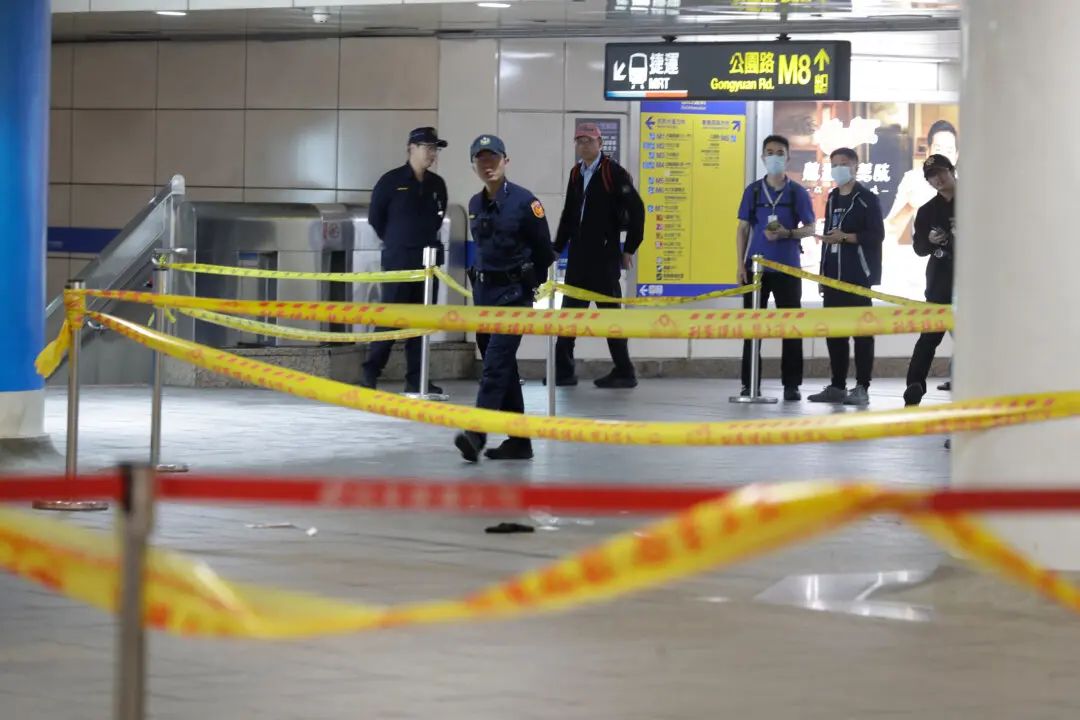WASHINGTON—The FBI’s announcement that it mysteriously hacked into an iPhone is a public setback for Apple Inc., as consumers suddenly discover they can’t keep their most personal information safe. Meanwhile, Apple remains in the dark about how to restore the security of its flagship product.
The government said it was able to break into an iPhone used by a gunman in a mass shooting in California, but it didn’t say how. That puzzled Apple software engineers—and outside experts—about how the FBI broke the digital locks on the phone without Apple’s help. It also complicated Apple’s job repairing flaws that jeopardize its software.
The Justice Department’s announcement that it was dropping a legal fight to compel Apple to help it access the phone also took away any obvious legal avenues Apple might have used to learn how the FBI did it. The Justice Department declined through a spokeswoman to comment Tuesday.
It is a closely held secret how the FBI hacked the iPhone, but a few clues have emerged. A senior law enforcement official told The Associated Press that the FBI managed to defeat an Apple security feature that threatened to delete the phone’s contents if the FBI failed to enter the correct passcode combination after 10 tries. That allowed the government to guess the correct passcode by trying random combinations until the software accepted the right one.
It wasn’t clear how the FBI dealt with a related Apple security feature that deliberately introduces increasing time delays between guesses. The official spoke on condition of anonymity because this person was not authorized to discuss the technique publicly.
The FBI hacked into the iPhone used by gunman Syed Farook, who died with his wife in a gun battle with police after they killed 14 people in December in San Bernardino, California. The iPhone, issued to Farook by his employer, the county health department, was found in a vehicle the day after the shooting; two personal phones were found destroyed and the FBI couldn’t recover information.





